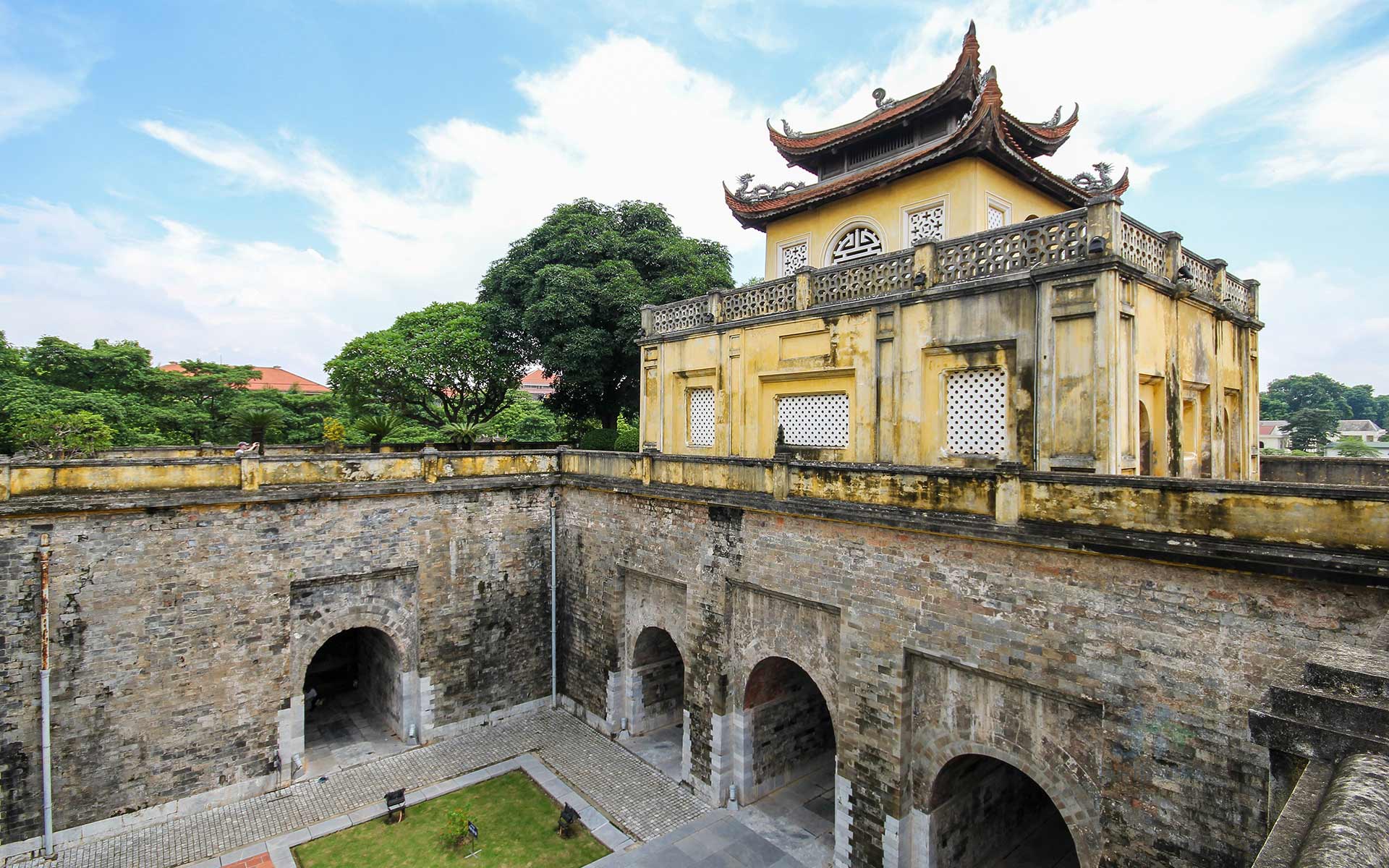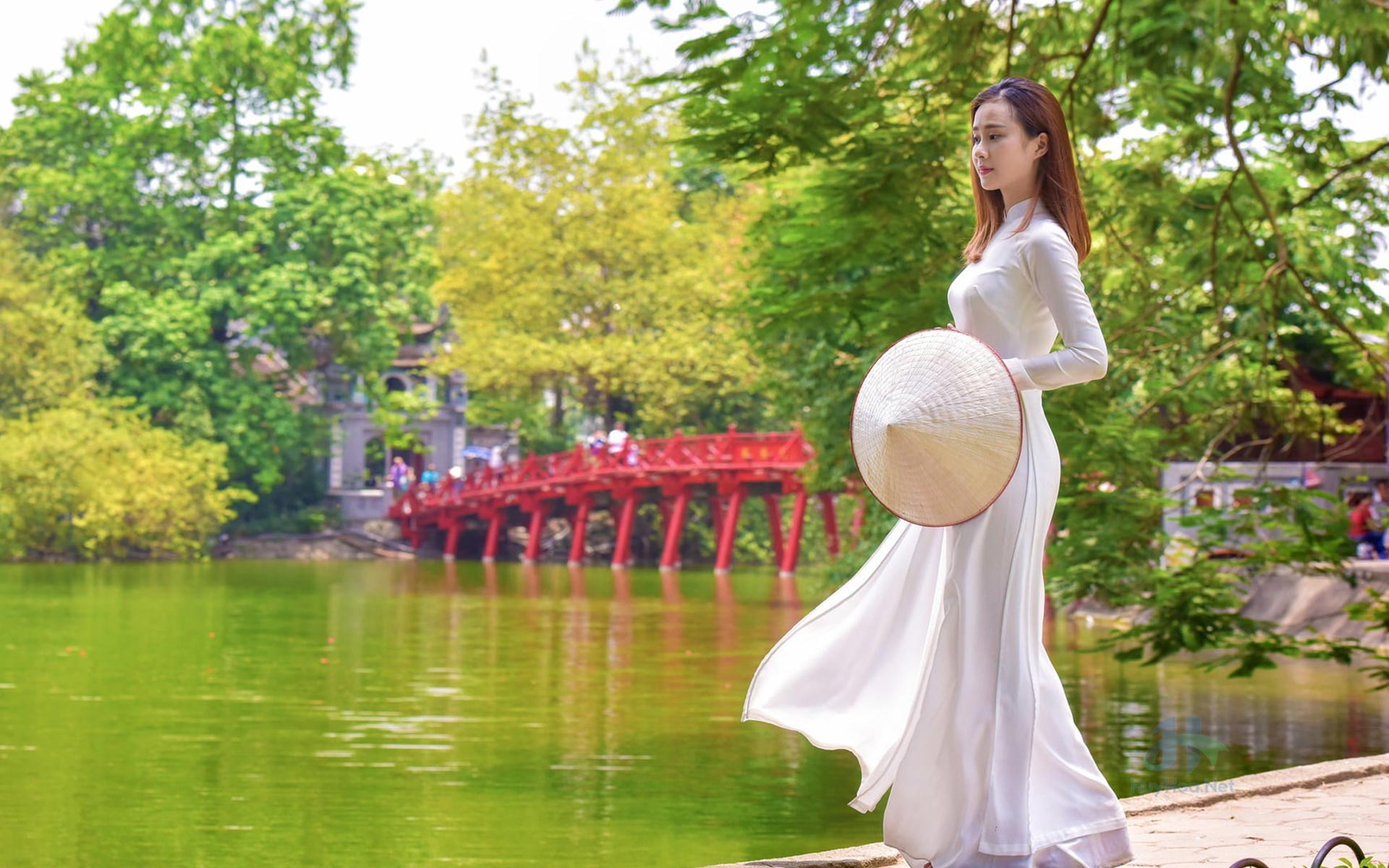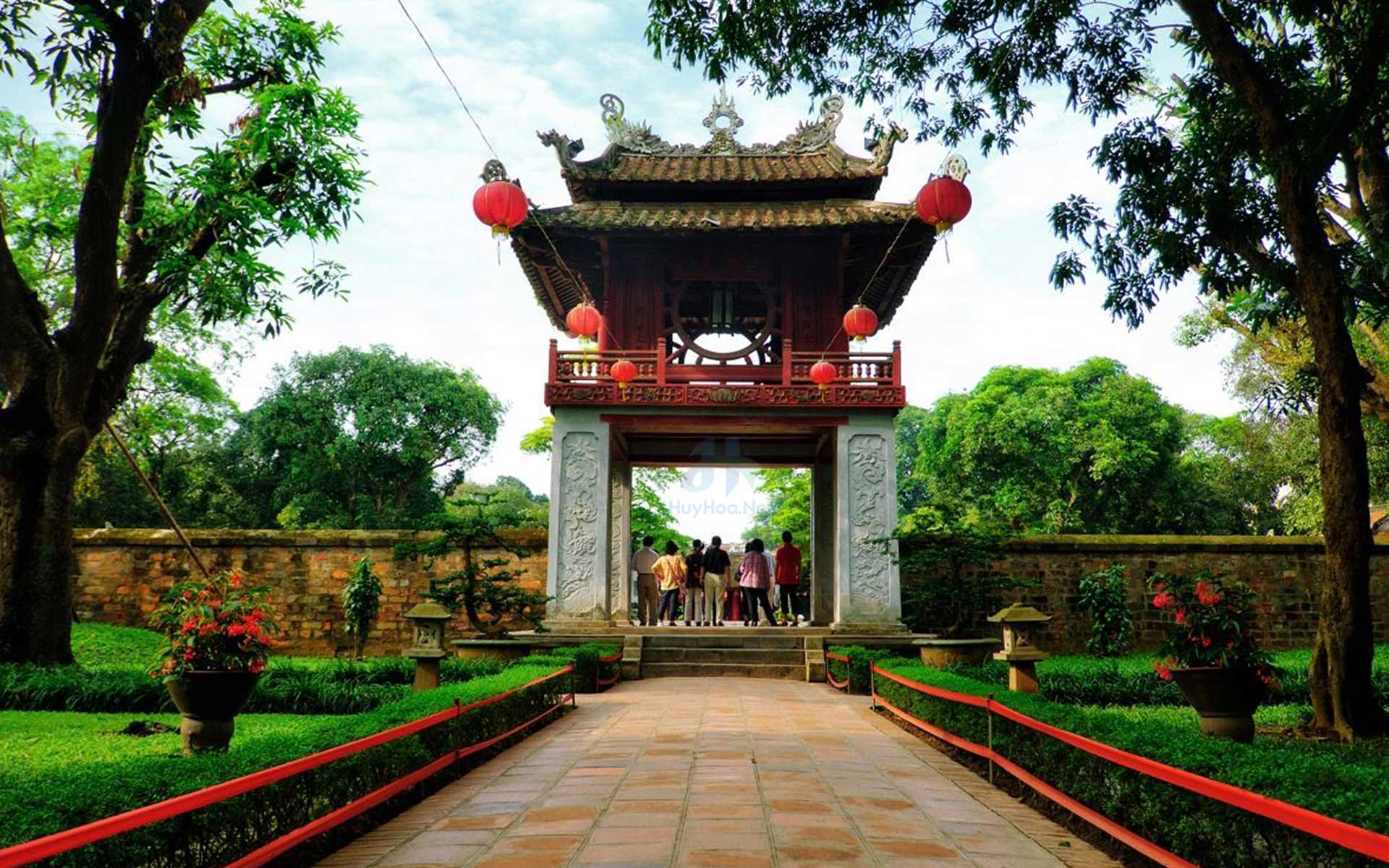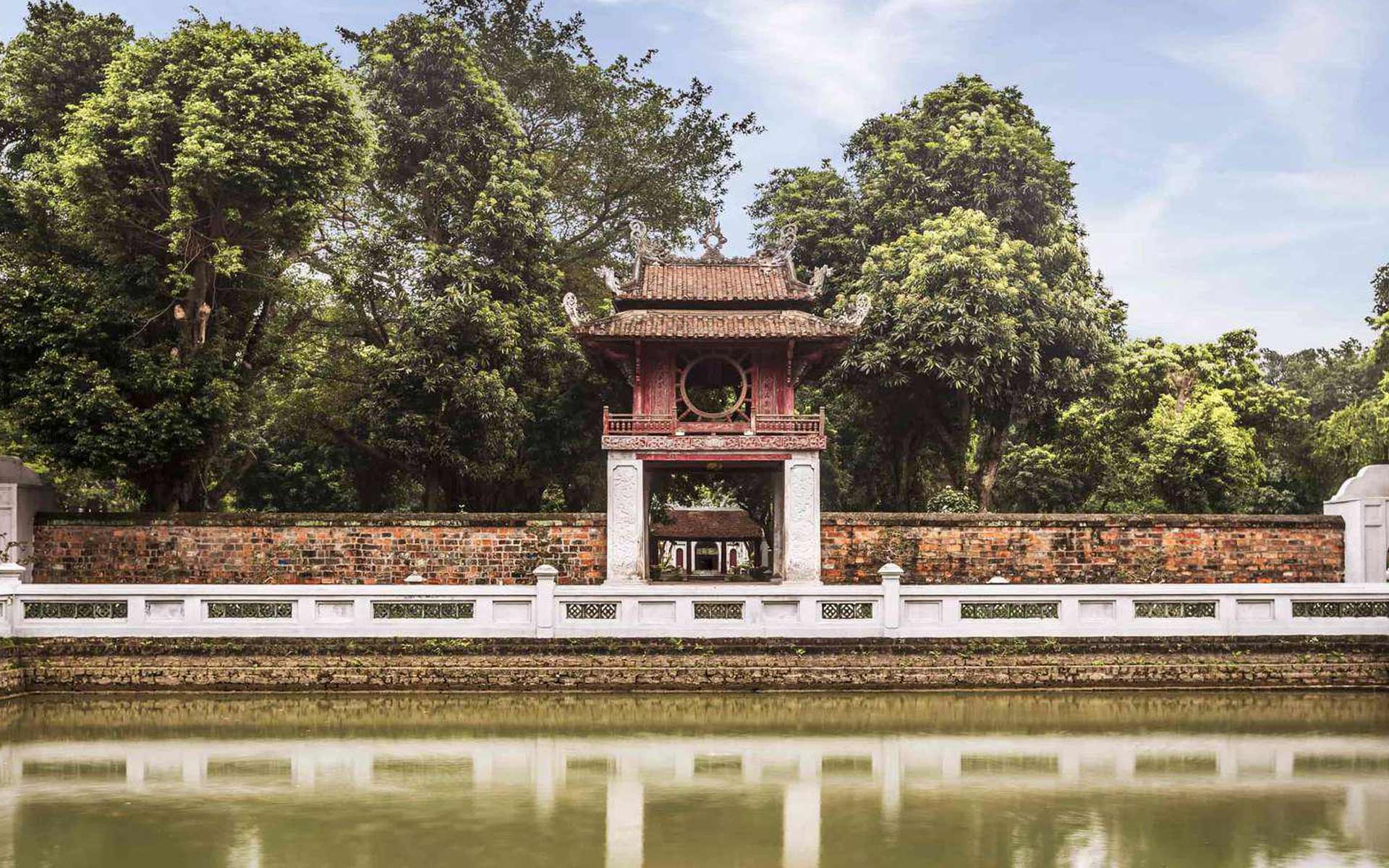I’m sure that when it comes to Vietnam, a lot of people will know that it is a country that has defeated the most powerful empires in the world such as the US, France, China…However, when it comes to the capital of Vietnam, also many people do not know, even those who know and hear the name of the country Vietnam may confuse what is the capital of Vietnam?
I read a lot of questions on Reddit, Quora about Vietnam. Questions like: Hanoi is the capital city of which country? what is the capital of Vietnam? What is Hanoi Vietnam known for? Therefore, I write this article to provide some basic information for those of you who want to learn about Vietnam and Hanoi. This information is all accurate information from a Hanoian living in Hanoi, Vietnam.
Table of Contents
Hanoi is the capital city of which country?
Hanoi is the capital of Vietnam. The name Hanoi in Vietnamese is “Hà Nội” which means inside of rivers.
Did you know: Hanoi is the safest city in the world with lots of things to do and places to visit.
Hanoi was known by many names throughout its history: Long Bien, Tong Binh, Long Do, Dai La, La Thanh, Thang Long, Bac Thanh, Dong Kinh, Trang An, …

It was first known as Long Bien (“dragon edge”) then Tong Binh (” Song peaceful”) and Long Do (“dragon stop”).
Long Bien was later given its name to the Long Bien Bridge. It was built in French colonial times and is now a district east of the Red River.
Many older Hanoi names feature Long “dragon”, which is linked to the curving form of the Red River surrounding the city. This was often interpreted as a dragon.
It was made into a citadel in 866 and given the name La (“big network”). It was given the nickname La Thanh (“net city”). Dai La, La Thanh both are the names of major streets in Hanoi.
Ly Thai To founded the capital of the region in 1010. It was called Thang Long (“rising Dragon”).
Later, Thang Long became the name for a major bridge that connected the city to Noi Bai Airport and the Thang Long Boulevard expressway. When the city’s long history is being discussed, it is often referred to today as Thang Long – Ha Noi.
During the Ho dynasty, it was called Dong Do (“eastern metropolis”).
It was known as Dong Quan during the Minh Dynasty (“eastern Gate).
The Le Dynasty saw Hanoi known as Dong Kinh (“Eastern Capital”). This was the source of Tonkin and Gulf of Tonkin. After the French colonization, a square located adjacent to the Hoan Kiem Lake was renamed Dong Kinh Nghia Thc.
The Tay Son’s expansion further south saw the city renamed Bac Thanh (“northern Citadel”)
Minh Mang was renamed the city Ha Noi (“inside rivers”), in 1831. This was the official name of the city until today.
Several names are not officially used to describe Hanoi: Ke Cho (marketplace), Trang An/Phung Thanh/phoenix City), Phuong Thanh/Phung Thanh (“citadel of Thang Long”), and Long Thanh (“citadel of Thang Long”).
Who is Hanoi Jane?
Jane Fonda, a.k.a. Hanoi Jane is an American actress and writer. She has been an actress for more than 50 years and won two Academy Oscars, one Emmy Award, and three Golden Globes.
Jane Fonda is also known for her opposition to Vietnam War and the controversial activities she did during her trip to Hanoi (where the name for Hanoi Jane was started from).
Fonda was involved in anti-Vietnam War movements as early as 1967. Fonda was an active activist and participated in numerous anti-war rallies, marches, radio broadcasts, plays, and other activities.
Jane Fonda was instrumental in the formation of the FTA tour (Free The Army), an anti-war roadshow that was performed in military towns in order to open a dialogue with soldiers regarding their forthcoming deployments to Vietnam.
Fonda was also a significant financial supporter for The Vietnam Veterans Against the War Organization, a non-profit organization originally formed to oppose the Vietnam War.
Jane Fonda also personally reached out to returning veterans to urge them to speak out against the atrocities committed against Vietnamese women and children in Vietnam War.
Hanoi Trip
Jane Fonda, a Canadian woman who arrived in Hanoi in July 1972, began a two-week tour of North Vietnam. American bombings had caused damage to many North Vietnamese homes, schools, hospitals, and factories.
Fonda broadcast ten radio broadcasts in protest of the U.S. military policy via Radio Hanoi, based on what she was allowed to see.
Apology
Fonda finally apologized for her actions in 1988 during an interview with Barbara Walters. Fonda’s televised apology came as a result of New England Veterans disrupting one of her film projects.
Some believe her apology was motivated only by self-interest. Fonda also apologized in 2005 for her position beside the anti-aircraft gun of North Vietnam.
Fonda did however distinguish it from other activities in North Vietnam. Her views and activities calling for opposition to the war and its cruelty to the Vietnamese people, especially women and children, remained unchanged.
She only apologized for taking pictures next to the anti-aircraft gun, which was used to shoot down many US B52 flying fortresses.
Hanoi is changing fast, but with its tree-lined lanes, graceful old architecture, a flourishing arts scene, and sophisticated nightlife, the city is having its moment.
Produced by: Jonah M. Kessel and Eugene Yi. Video by The New York Times.



